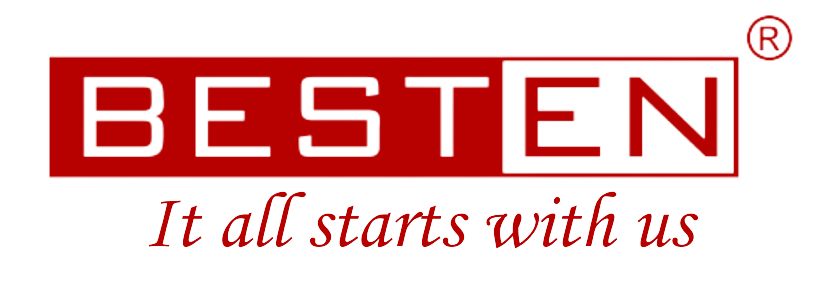What is a technical specification?
A technical specification is a detailed, precise document that outlines the technical requirements, standards, and criteria a product, service, or project must meet. It guides the suppliers and the project owners and serves as a blueprint for quality, performance, materials, and compliance.
What Should a Technical Specification in a Tender Contain?
Design consultants often look at the design from the vision and implementation perspectives. Technical specifications are critical tools that help achieve successful project delivery. During the process of tendering for a building, infrastructure, or bespoke design solution, the technical specification is where the project’s intentions are converted into clear, measurable requirements.
What is must in a Technical specification?
- A Clear Introduction and Project Context: Every good specification starts with context. This section should set the stage by explaining the project purpose, client needs and project goals and constraints. When the industrial architects provide a context, it enables bidders to align their proposals to the project goals.
- Scope of Work: The scope helps provide the project’s battery limits for the bidder. The scope helps the contractor or supplier understand the expectations for the project. When the tender has a vague scope, it is open to misinterpretation. The tender must define inclusions and exclusions to prevent scope creep and disputes later. The scope helps in defining the boundaries through proper functional objectives, physical outputs.
- Design Intent and Performance Requirements: The technical specifications must provide the design intent. The specification must have a mention of aesthetic expectations, performance metrics and relevant standards. Design consultants must maintain the integrity of the original concept. Technical specifications should protect the essence of that vision, even through value engineering or competitive bidding processes.
- Materials, Workmanship, and Detailing: The technical specifications must include information on the benchmarked brands and products for clarity. Additionally, wherever the procedure must be mentioned. Preferred materials, finishes, and suppliers, installation methods or sequencing and tolerance and quality expectations are necessary for clarity. Technical specifications supported by relevant drawings help the bidder clearly understand the requirements – minimising risks.
- Testing, Compliance, and Quality Control: The technical specification must specify the testing and verification requirements through testing protocols, compliance documentation (e.g., safety certifications, third-party verification) and sample approvals
- Installation and Handover: The handing over is an essential stage of the project. Delivery, installation, and handover are essential parts of handing over. A clear handing over specification ensures a seamless transition from the contractor to the client. This section mentions critical lead times, commissioning and handover and related documentation.
- Maintenance and Lifecycle Considerations: A good technical specification also includes maintenance, warranties, support details and expected life cycle.
- Documents and Drawings: Technical specifications are usually a part of the tender and are often with drawings, product data sheets, design standards.
- Evaluation Criteria – Technical: The evaluation criteria for selection helps the bidder understand the evaluation method. Moreover, this section helps bidders prioritise the way they bid.
Conclusion
To conclude the technical specification is a crucial design tool. Additionally, it ensures project success by maintaining the intent and quality and enhancing clear communication between all stakeholders.











